More than Connections: Developing Village Clean Energy Plans

With Madhura Joshi, Lead Energy Access and Climate Policy Consultant, NRDC India Initiative
In May this year, NRDC and our partner the Self-Employed Women’s Association (SEWA) conducted household surveys in two villages in India to understand how people use energy and how much time and money they spend to access energy for domestic and productive needs.
The results from these surveys, along with our field discussions, and extensive research will help us design clean, efficient, and affordable plans to enhance access to energy services for low-income households in these two villages, which can then help develop a framework scalable to other parts of rural India.
To develop these energy plans we are reviewing government programs, green village innovations, clean energy appliances, and financing mechanisms. But solutions which suit the local conditions and meet household needs require a deeper engagement with the communities. Drawing on SEWA’s strong community presence, we have been engaging with the households over the last six months.
As a pilot, we will be developing and implementing clean energy plans in two villages—Beraniya, in Dungarpur district, Rajasthan, and Naganomath, in Arvalli district, Gujarat.
In this photo blog we present some glimpses of our journey so far.
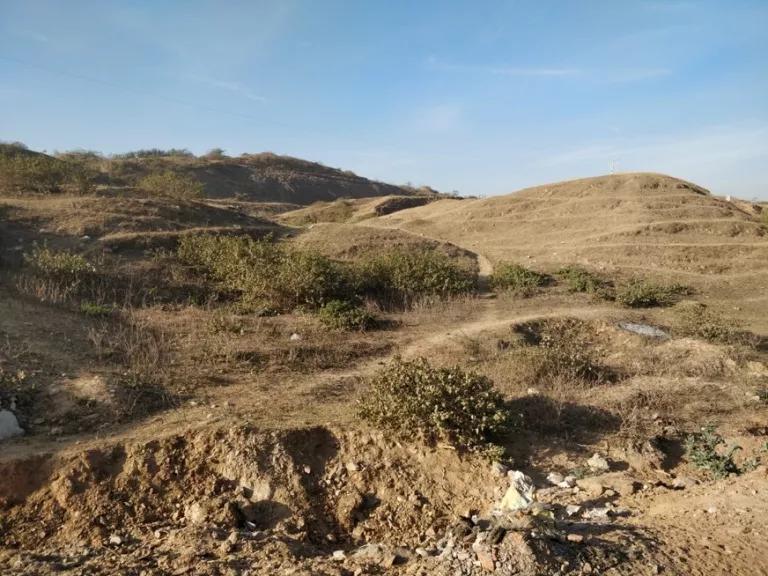
Beraniya village, Dungarpur District, Rajasthan
We began our journey in this village on the border between Rajasthan and Gujarat. Dungarpur, which means a town of hillocks in the local language, was founded in the 14th century. The town center which boasts a large lake around which there are historic temples, a palace, and monuments, offer a glimpse of its old and royal history. However, Dungarpur has one of the lowest human development index in Rajasthan and is among the most backward in India today relying on central government grants. According to the Census, almost 93% of the population in this district lives in rural areas.
As we traveled further away from the town center to reach our village, Beraniya, the undulating terrain of this district was broken only by only by dispersed houses and occasional vegetation. It can get extremely hot and dry in Beraniya and rainfall is largely limited to the short monsoon season. Irrigating soil for agriculture, on which most households depend for at least a part of their income, is a major energy need.
In Beraniya, we met with the community to discuss the objectives of our project and understand their views on their household and village energy situation. All the women in this village are also SEWA members.
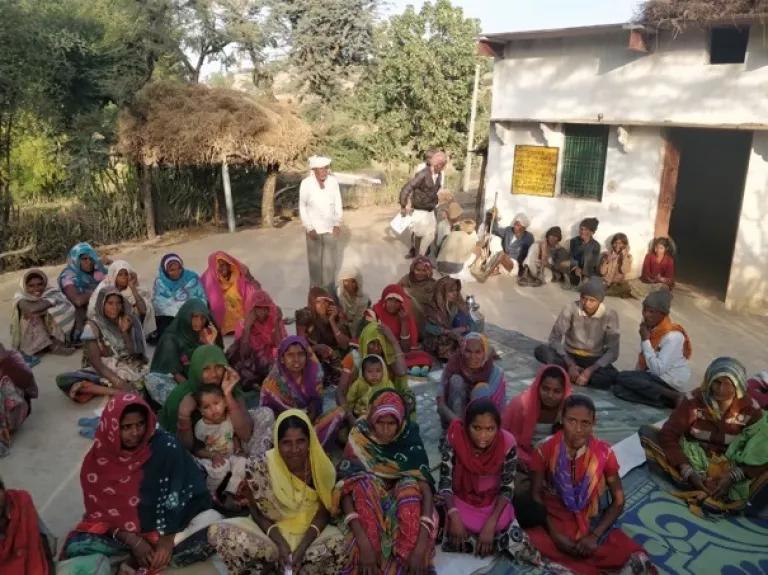
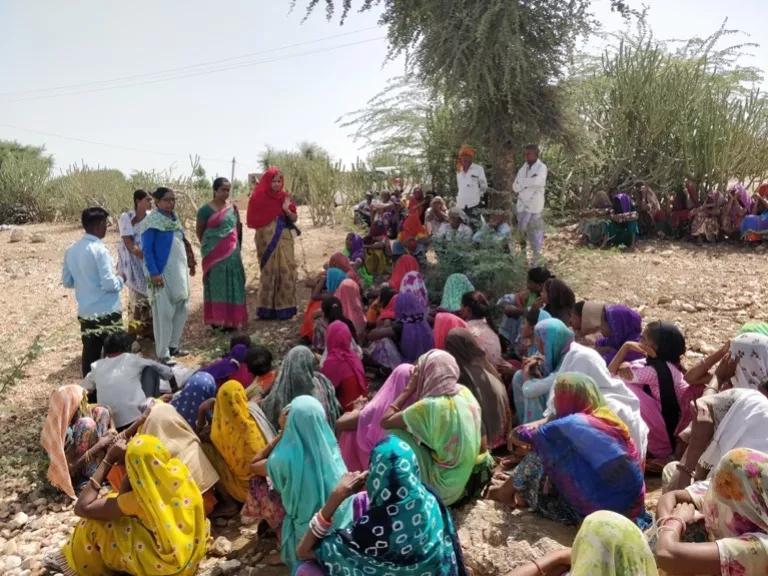
There are two farming seasons in Beraniya. The first in the monsoons where the crops are largely rainfed. The second, during the winters where households with access to irrigation largely use diesel-run pumps to irrigate their fields. Can solar pumps help meet their irrigation needs?
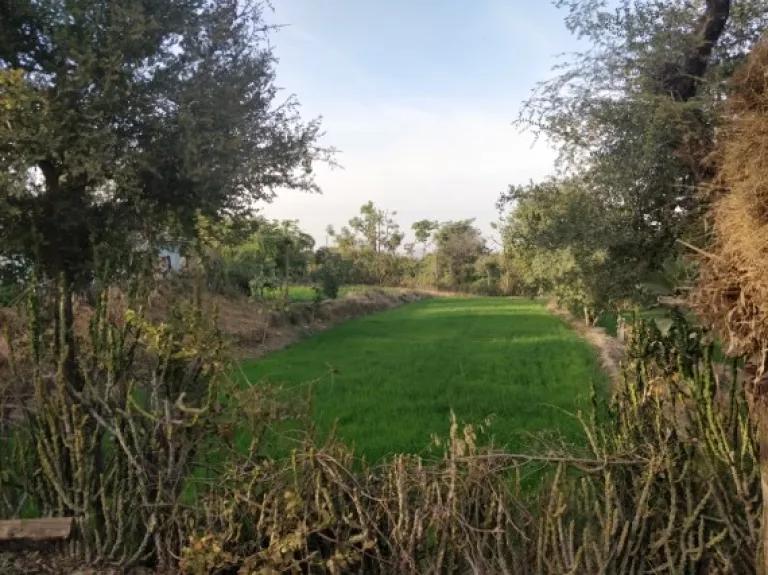
Most households in the village have an electricity connection but their usage is limited. One of the reasons for this is fluctuating, unreliable household electricity supply. A few households are already experimenting with small Solar Home Systems. Can such solutions be scaled to more houses in the village, what are the barriers, and possible solutions? Some of the questions we aim to answer though our research.
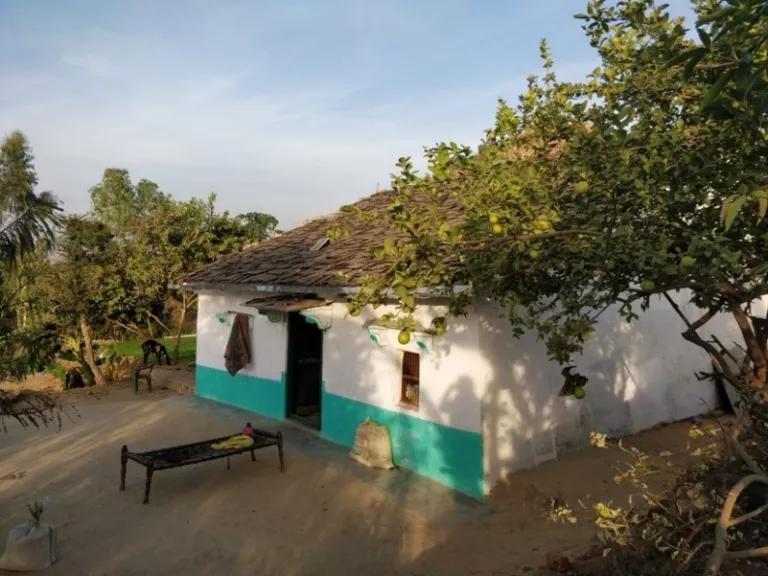
Along with household solutions we are also exploring clean and reliable energy options for community spaces such as schools.
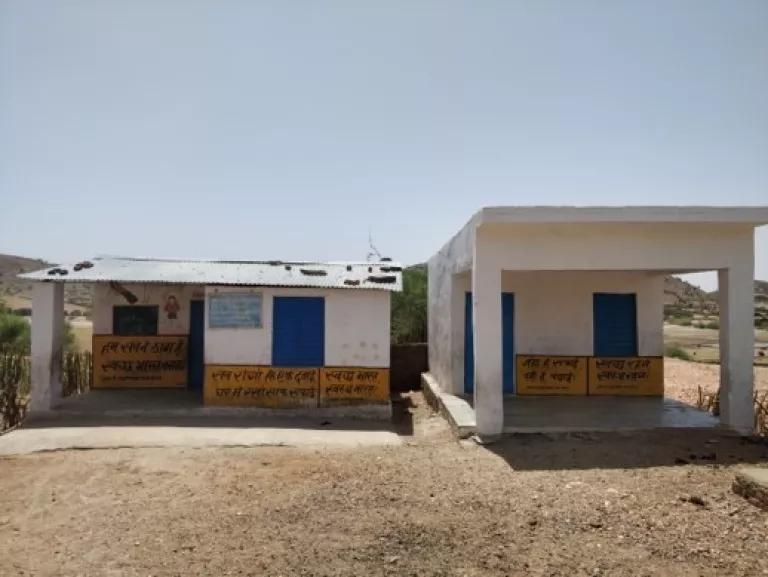
Naganomath village, Arvalli District, Gujarat
Arvalli was carved out as a district in 2013 from another larger district of Sabarkantha in Gujarat. Agriculture and farm labour are the main occupation of the people of the district. Although most of their income is highly seasonal and many households engage in other supplementary activities to sustain their livelihoods.
Farming is carried out in Naganomath almost throughout the year. Most households use electricity-based pumps for their irrigation needs. However, agricultural electricity supply is limited to around 8 hours a day and alternates between morning and evening supply weekly.
Solar irrigation on the other hand can help provide reliable supply in the morning. The electricity generated from the panels, can be used to power other farm appliances when the pumps are not in use. Or, farmers can also sell excess electricity to the grid by enrolling in government programs such as Suryashakti Kishan Yojana (SKY) in Gujarat or the national program Kisan Urja Suraksha evam Utthaan Mahabhiyan (KUSUM). These programs provide incentives and subsidies to help farmers transition to solar-based irrigation.
Household electricity supply in Naganomath is near continuous, but most households have limited but old and inefficient appliances. More efficient appliances can help households avail more energy services (lighting, cooling, and entertainment) while spending the same or less. A group of SEWA members in Naganomath told us they want clean and affordable solutions which can help reduce pollution, reduce their expense, and enhance their livelihoods.
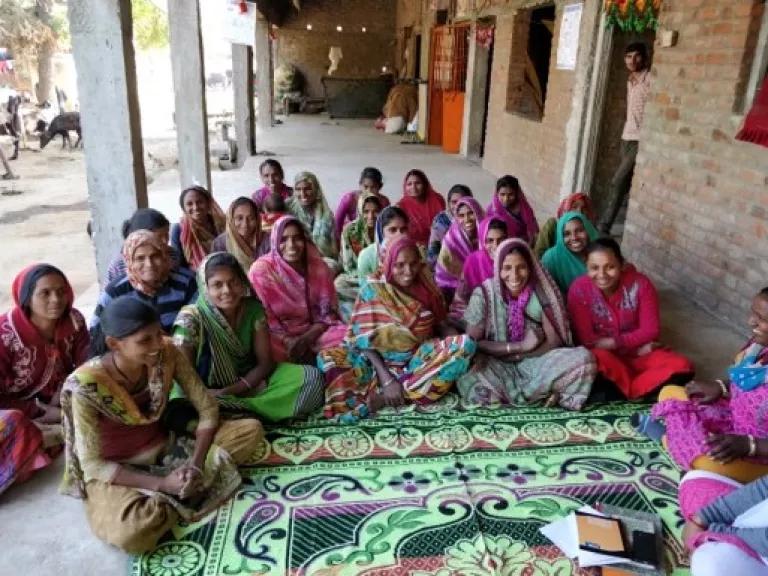
Survey Training

We identified a team of grassroots workers from the SEWA members who have had experience in data collection. With inputs from the team, and many test runs, we drafted a questionnaire, to be administered in regional language, but translatable to English, and trained the surveyors on interviewing techniques.
The survey conducted in the two villages, will help us in capturing information such as household infrastructure; appliance ownership; types and patterns of livelihoods; energy supply and demand situation in the village; types energy used to meet lighting, cooling, heating, and livelihood needs; and share of expenditure of energy.



Energizing Development
Results from the survey, expert consultations, and policy and technology reviews will help in charting our next steps, i.e. designing and implementing the village energy plans with our partners and experts. Access to reliable and affordable clean energy can provide power for livelihoods, alleviate poverty, and improve lives for vulnerable communities in India while fighting climate change and reducing dependence on fossil fuels. Families in rural India are keen to embrace clean energy and improve their livelihoods and we are excited to be a part of India’s clean energy transformation.


